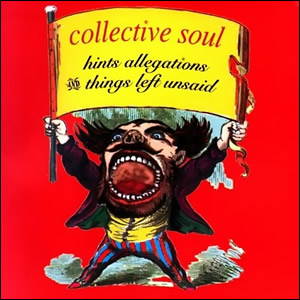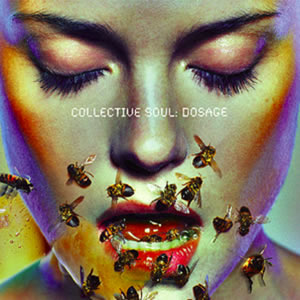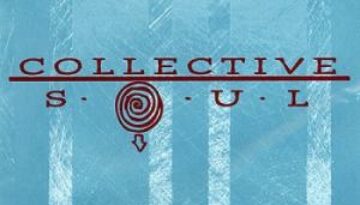Top 9 Rock Festivals
This week Classic Rock Review joins the celebration of the 45th Anniversary of the historic 1969 Woodstock Music Festival. In conjunction with Top 9 Lists, we present a list of the Top 9 […]

This week Classic Rock Review joins the celebration of the 45th Anniversary of the historic 1969 Woodstock Music Festival. In conjunction with Top 9 Lists, we present a list of the Top 9 […]

Buy Hints, Allegations, & Things Left Unsaid Perhaps the best sounding “demo tape” of the 1990s (if not all time), Collective Soul forged a great sonic mix on their debut Hints Allegations and […]

Buy Dosage Collective Soul finished their nineties output by making a return to the mid nineties sound that brought their greatest success. In early 1999, the group released their fourth album, Dosage, with […]

Buy Disciplined Breakdown After exploding onto the international rock scene in the middle of the 1990s with the success of their first two albums, Collective Soul released their much anticipated third studio album, […]

Buy Collective Soul Collective Soul reached its full musical promise and commercial success with their 1995 self-titled second album, sometimes referred to as their “blue album”. Here, the rock quintet from Georgia struck […]